
Upgrading your car stereo system is one of the best ways to improve your driving experience. Whether you're aiming for better sound quality, enhanced features, or simply a sleeker, more modern look, installing a new radio is a great way to refresh your vehicle. But when it comes to choosing between Single-DIN and Double-DIN radios, things can get a little confusing.
In this in-depth guide, we’ll break down the differences between Single-DIN and Double-DIN radios, helping you understand which type is best suited for your needs. We’ll take you through the pros and cons of each, the compatibility considerations, and what you need to know before making a decision. Along with detailed insights, we’ll also answer the most frequently asked questions to ensure you have all the information you need.
Table of Contents:
- What is a Single-DIN Radio?
- What is a Double-DIN Radio?
-
Key Differences Between Single-DIN and Double-DIN Radios
- 3.1. Physical Size
- 3.2. Display Size and Features
- 3.3. Installation Considerations
-
Which Radio Should You Choose? Factors to Consider
- 4.1. Car Compatibility
- 4.2. Desired Features
- 4.3. Aesthetic Preferences
- 4.4. Budget
- Installation Tips for Both Single-DIN and Double-DIN Radios
- How to Know Which Radio Size Fits Your Car
- Benefits of Upgrading to a Modern Car Stereo System
- Alternatives to Single-DIN and Double-DIN Radios
- Common Problems with Single-DIN and Double-DIN Radios
- FAQs: Single-DIN vs Double-DIN Radios
- Conclusion
1. What is a Single-DIN Radio?
A Single-DIN radio is a standard-size car stereo that measures 7 inches wide and 2 inches tall (about 180mm x 50mm). This type of stereo is typically found in older or more basic car models and is designed for vehicles that don’t have the space to accommodate a larger Double-DIN unit.
1.1 Dimensions and Size
- Width: 7 inches (180mm)
- Height: 2 inches (50mm)
- Depth: Varies, depending on the specific model and design
Single-DIN radios are compact, making them ideal for smaller dashboards or older vehicles with limited space for aftermarket stereos.
1.2 Features of Single-DIN Radios
While Single-DIN radios are compact, many still offer modern features such as:
- Bluetooth connectivity
- USB ports for charging and music playback
- FM/AM radio
- Auxiliary input
- Touchscreen (for some models)
They tend to be simpler in terms of controls, offering physical buttons, knobs, and basic touchscreen interfaces in some models.
1.3 Pros and Cons of Single-DIN Radios
Pros:
- Compact Size: Great for smaller dashboards or classic cars.
- Affordable: Single-DIN radios are typically more budget-friendly.
- Simple Installation: Easier to install and doesn’t require modifications.
- Variety of Options: Plenty of options available at different price points.
Cons:
- Smaller Display: The smaller screen limits advanced features like navigation and video playback.
- Limited Features: Although many feature Bluetooth, more advanced features like Apple CarPlay or Android Auto might be absent.
- Outdated: For some, the older design and interface can feel outdated.

2. What is a Double-DIN Radio?
A Double-DIN radio is a larger car stereo unit that measures 7 inches wide and 4 inches tall (about 180mm x 100mm). Double-DIN radios are typically found in newer cars or high-end models that have more space in the dashboard for advanced stereo systems.
2.1 Dimensions and Size
- Width: 7 inches (180mm)
- Height: 4 inches (100mm)
- Depth: Varies by model
The larger size allows for a much bigger screen and additional features.
2.2 Features of Double-DIN Radios
Double-DIN radios generally offer more sophisticated features compared to their Single-DIN counterparts, such as:
- Larger touchscreens (usually ranging from 6 to 9 inches)
- Built-in navigation
- Apple CarPlay and Android Auto support
- Rear view camera integration
- Bluetooth for hands-free calling and audio streaming
- HD radio, satellite radio, and more
The larger size accommodates more controls, touch interfaces, and often more advanced internal electronics.
2.3 Pros and Cons of Double-DIN Radios
Pros:
- Larger Screen: The bigger display allows for better visibility and enhanced features, like GPS navigation and video streaming.
- Advanced Features: Features like Apple CarPlay, Android Auto, and reverse camera compatibility are often standard.
- Sleek, Modern Look: Double-DIN radios often look more futuristic and offer a premium aesthetic.
Cons:
- Size: The larger size may not fit into older or smaller cars without modifications.
- Higher Price: Double-DIN radios tend to be more expensive, especially models with advanced features.
- Complex Installation: Installation may require professional help or modifications to the vehicle’s dashboard.

3. Key Differences Between Single-DIN and Double-DIN Radios
3.1 Physical Size
The main and most obvious difference between Single-DIN and Double-DIN radios is their size. Single-DIN units are smaller and narrower, while Double-DIN units offer more space for larger screens and more advanced features.
3.2 Display Size and Features
- Single-DIN radios typically come with smaller screens, sometimes only offering basic radio information and simple controls.
- Double-DIN radios, on the other hand, can have large touchscreens that integrate with smartphones, provide navigation, and support more complex functionality.
3.3 Installation Considerations
- Single-DIN radios are easier to install and typically don’t require any major changes to your vehicle’s dashboard.
- Double-DIN radios might require the installation of a custom dash kit, as not all vehicles have the space for a larger unit.
4. Which Radio Should You Choose? Factors to Consider
When deciding between a Single-DIN and Double-DIN radio, several factors come into play:
4.1 Car Compatibility
The first thing to consider is whether your car’s dashboard has enough space for a Double-DIN unit. If not, a Single-DIN is your best option. Always check the dash size before buying.
4.2 Desired Features
If you want advanced features like GPS navigation, Bluetooth connectivity, or smartphone integration, a Double-DIN unit will likely offer more functionality. Single-DIN units can still provide basic Bluetooth and radio features, but they typically don’t support advanced integrations.
4.3 Aesthetic Preferences
A Double-DIN radio will generally look more modern and fit better with contemporary car interiors. However, if you have a classic or vintage car, a Single-DIN might maintain the car’s original aesthetic while still providing an upgrade in sound and functionality.
4.4 Budget
Single-DIN radios are more affordable, with basic models starting at lower price points. Double-DIN radios, especially those with advanced features, can be significantly more expensive.
5. Installation Tips for Both Single-DIN and Double-DIN Radios
- Single-DIN Installation: Easier and can usually be completed with just a basic toolset and an appropriate dash kit.
- Double-DIN Installation: May require modifications to the car’s dashboard, such as trimming or installing an adapter. Professional installation is often recommended.
6. How to Know Which Radio Size Fits Your Car
6.1 Checking Your Vehicle’s Dash Dimensions
The easiest way to check which radio will fit is to measure your car’s dashboard space. For Single-DIN radios, you'll need a space that's at least 7 inches wide and 2 inches tall. For Double-DIN units, the required space is 7 inches wide and 4 inches tall.
6.2 Using a Trim Kit
If you’re upgrading from a Single-DIN to a Double-DIN radio, a trim kit can help fill in any gaps and ensure a snug fit.
7. Benefits of Upgrading to a Modern Car Stereo System
7.1 Enhanced Audio Quality
Newer car stereos generally provide better sound quality with improved amplifiers and equalizers.
7.2 Added Features and Connectivity
With a Double-DIN system, you get features like GPS, CarPlay, Android Auto, and more, which provide enhanced connectivity and convenience.
7.3 Aesthetic Appeal
A sleek, modern Double-DIN radio can significantly improve your car’s interior appearance, making it look more high-end and contemporary.
8. Alternatives to Single-DIN and Double-DIN Radios
Some vehicles may have space constraints, and you might need alternatives such as:
- Custom units that fit your specific needs.
- Tabletop radios if you want something portable and not built into your dashboard.
9. Common Problems with Single-DIN and Double-DIN Radios
- Compatibility Issues: Ensure your vehicle can accommodate the chosen radio size.
- Installation Challenges: Both types can be tricky to install without proper tools and expertise.
- Sound Quality: While most radios offer decent sound, more expensive models often deliver better audio output.
10. FAQs: Single-DIN vs Double-DIN Radios
1. What’s better for sound quality: Single-DIN or Double-DIN?
Sound quality depends more on the stereo’s internals and speakers than the size of the unit. However, Double-DIN radios often have more powerful amplifiers and support higher-end audio features.
2. Can I replace a Single-DIN with a Double-DIN?
Yes, but you may need a trim kit or dashboard modification to ensure it fits.
3. Are Double-DIN radios compatible with all cars?
Not all cars are equipped for Double-DIN units. Check your car’s dashboard size before purchasing.
4. Do Single-DIN radios support Bluetooth?
Yes, many Single-DIN radios come with Bluetooth, but the feature set is generally less advanced than on Double-DIN radios.
11. Conclusion
Choosing between a Single-DIN and Double-DIN radio depends on several factors, such as your car’s dashboard size, the features you want, and your budget. Single-DIN radios are more compact, cost-effective, and easier to install, while Double-DIN radios offer larger screens, more features, and a modern, premium look. Make sure to weigh all aspects, including car compatibility and desired features, before making your final decision.



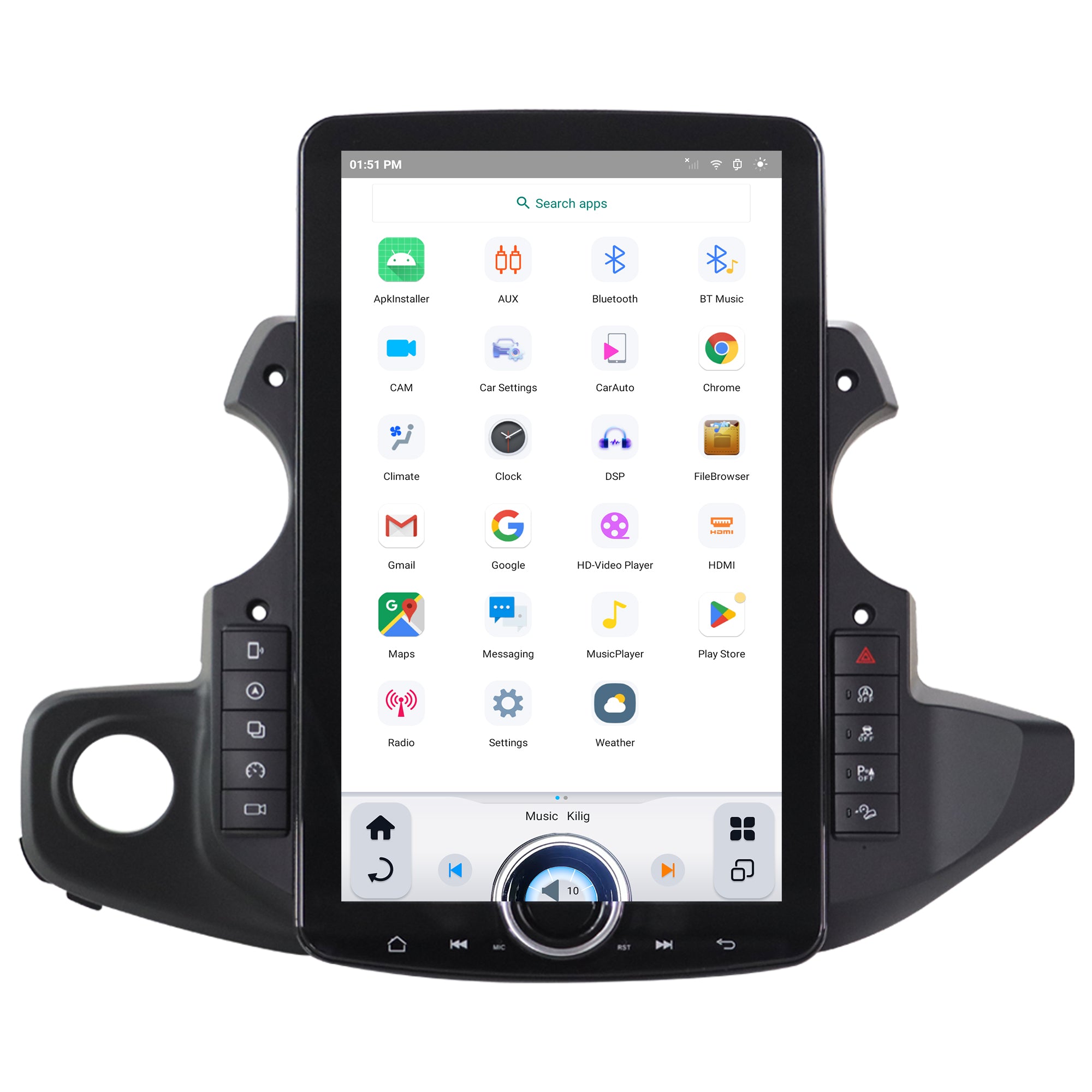
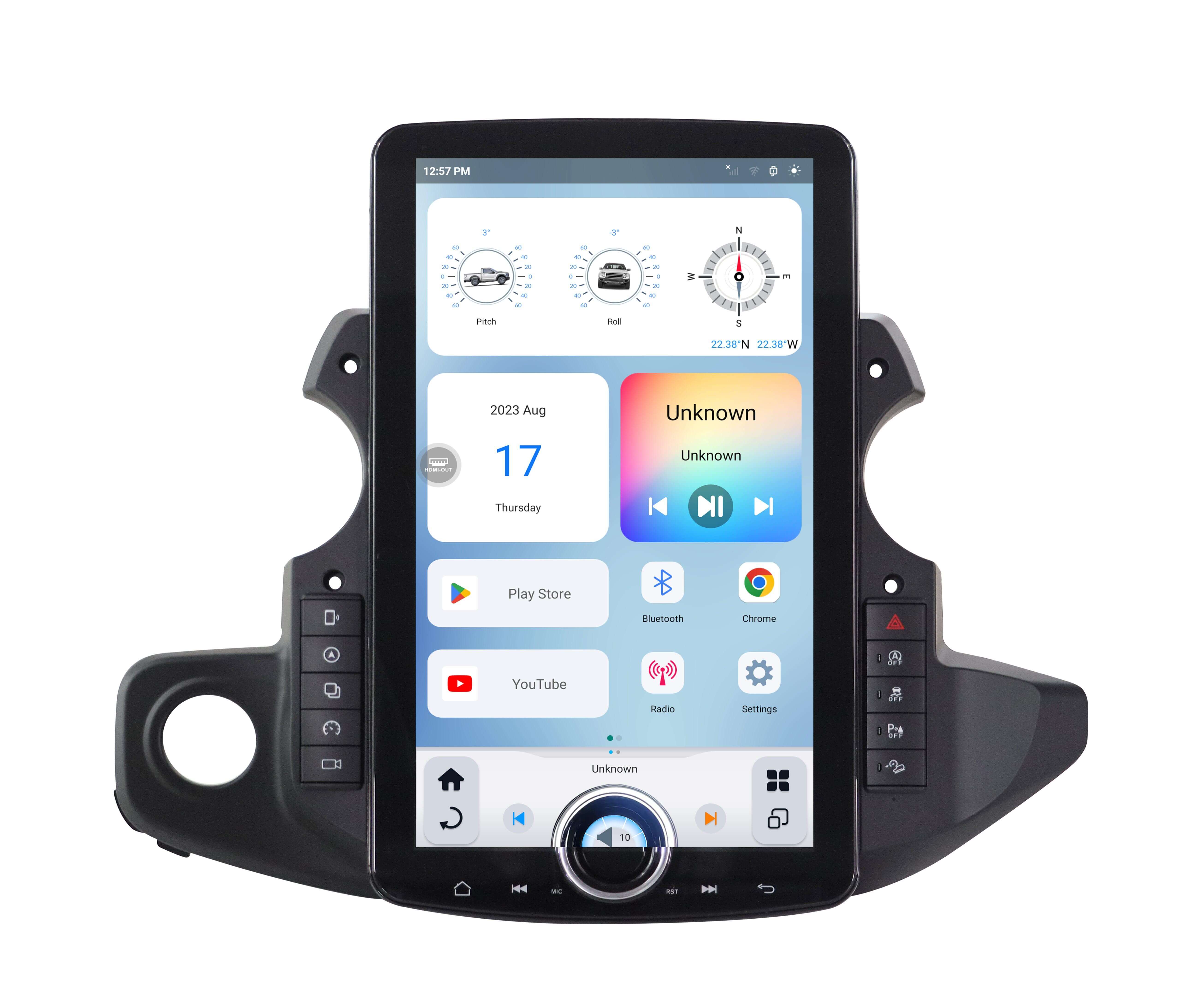
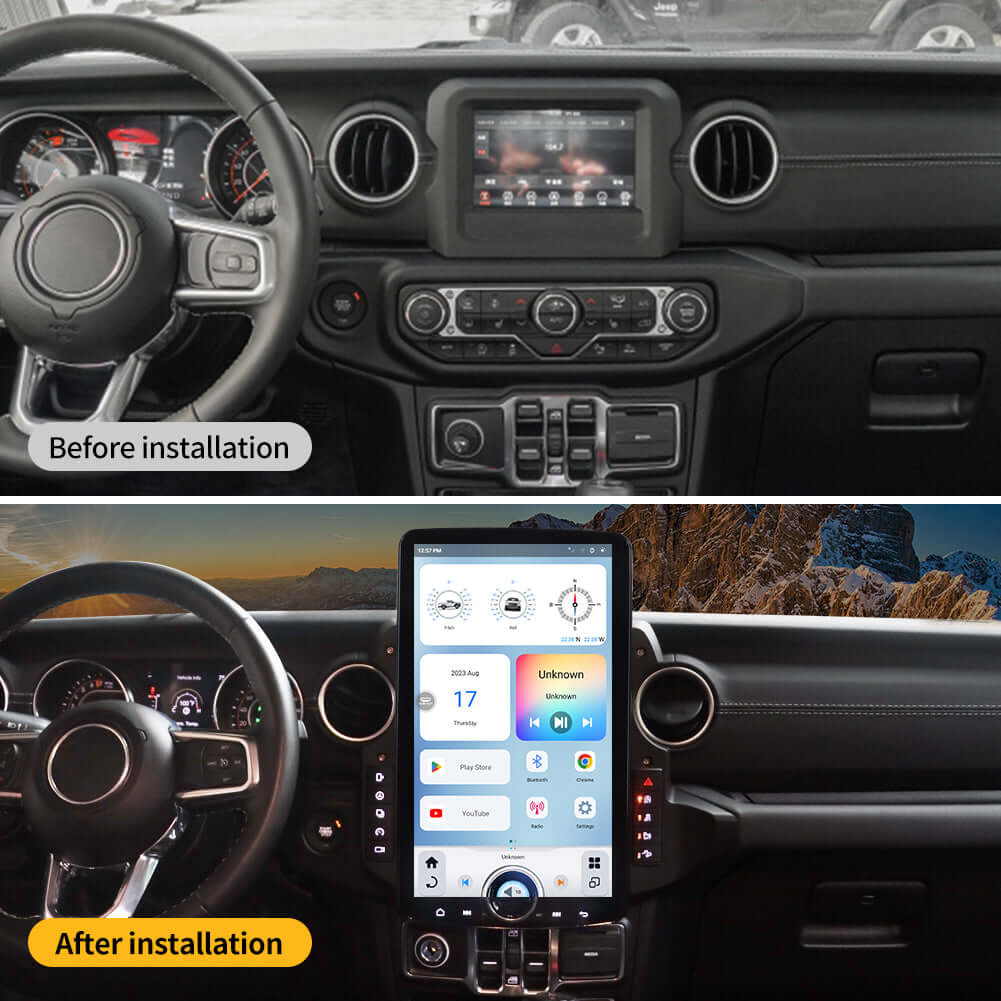

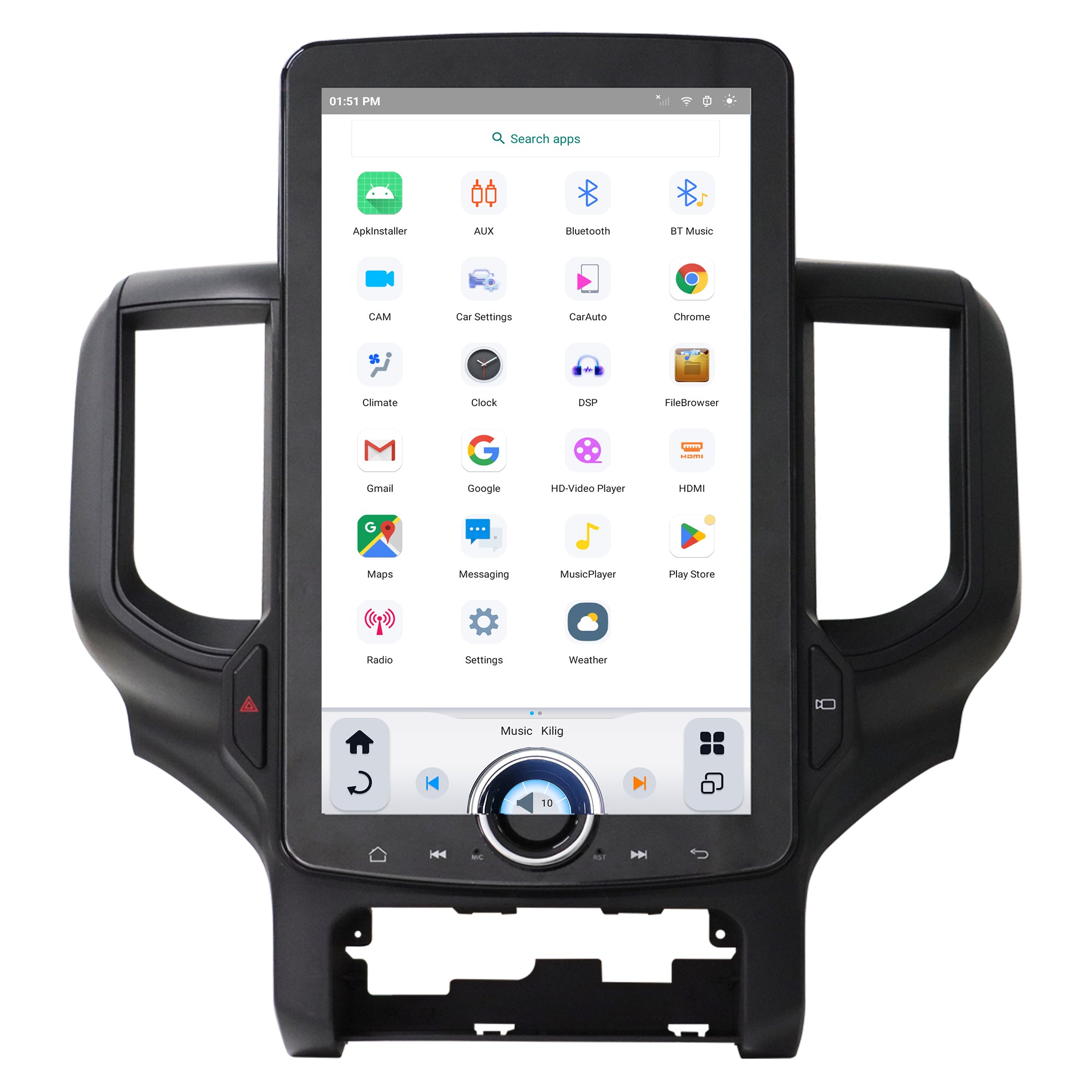
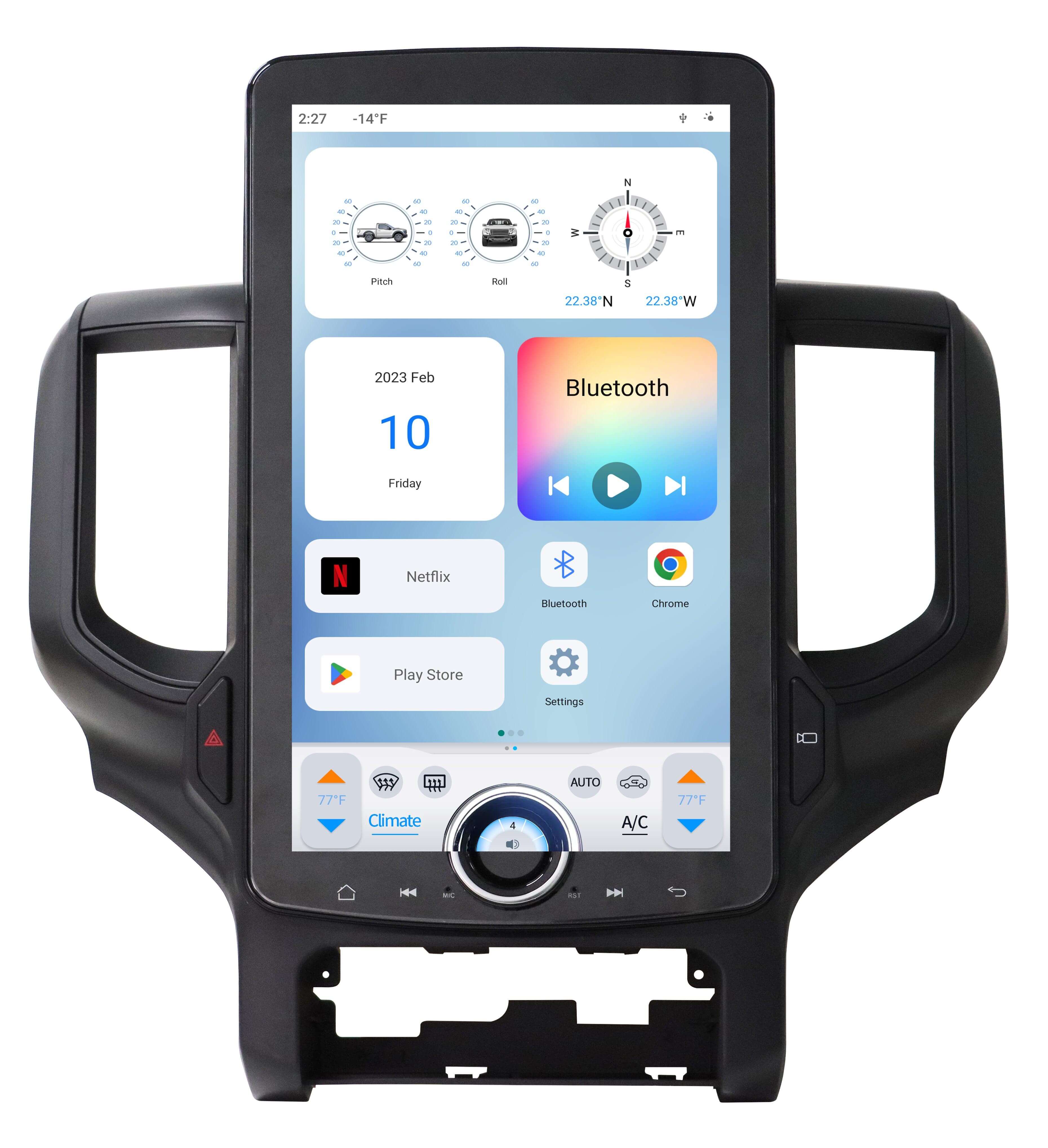
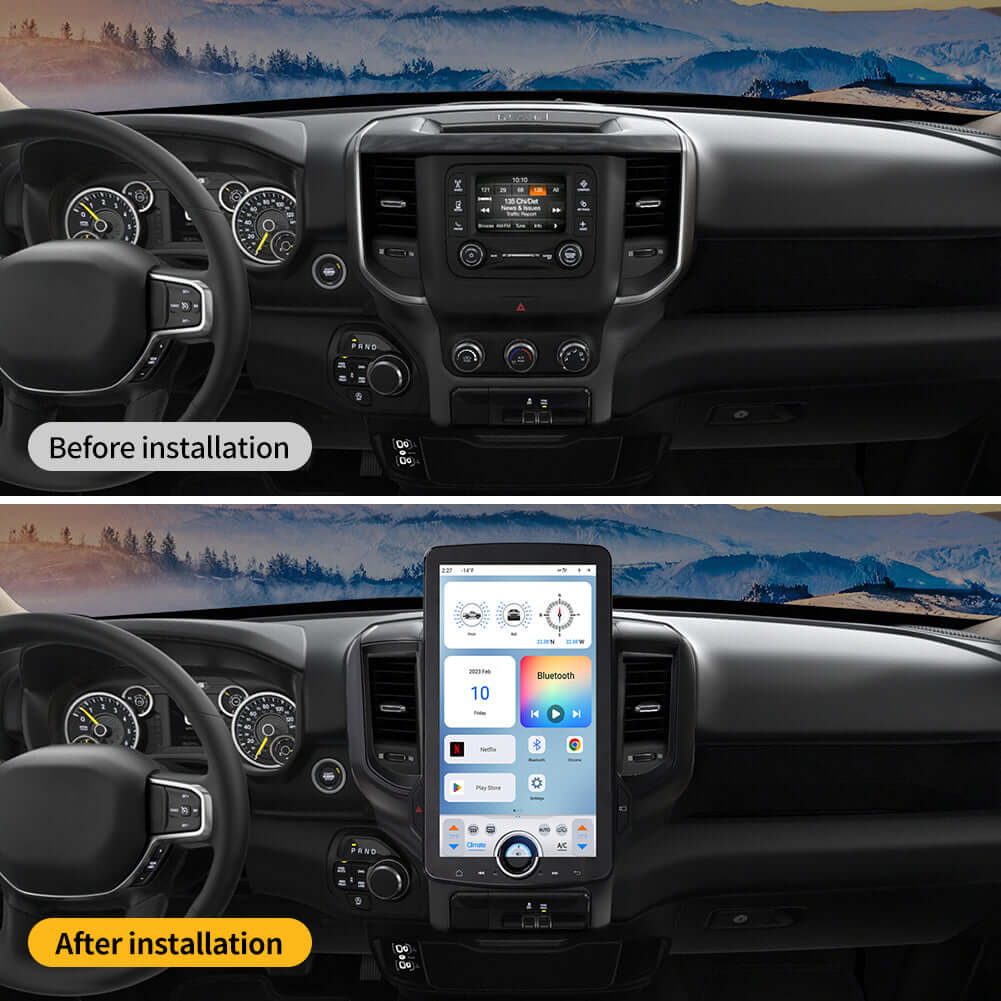
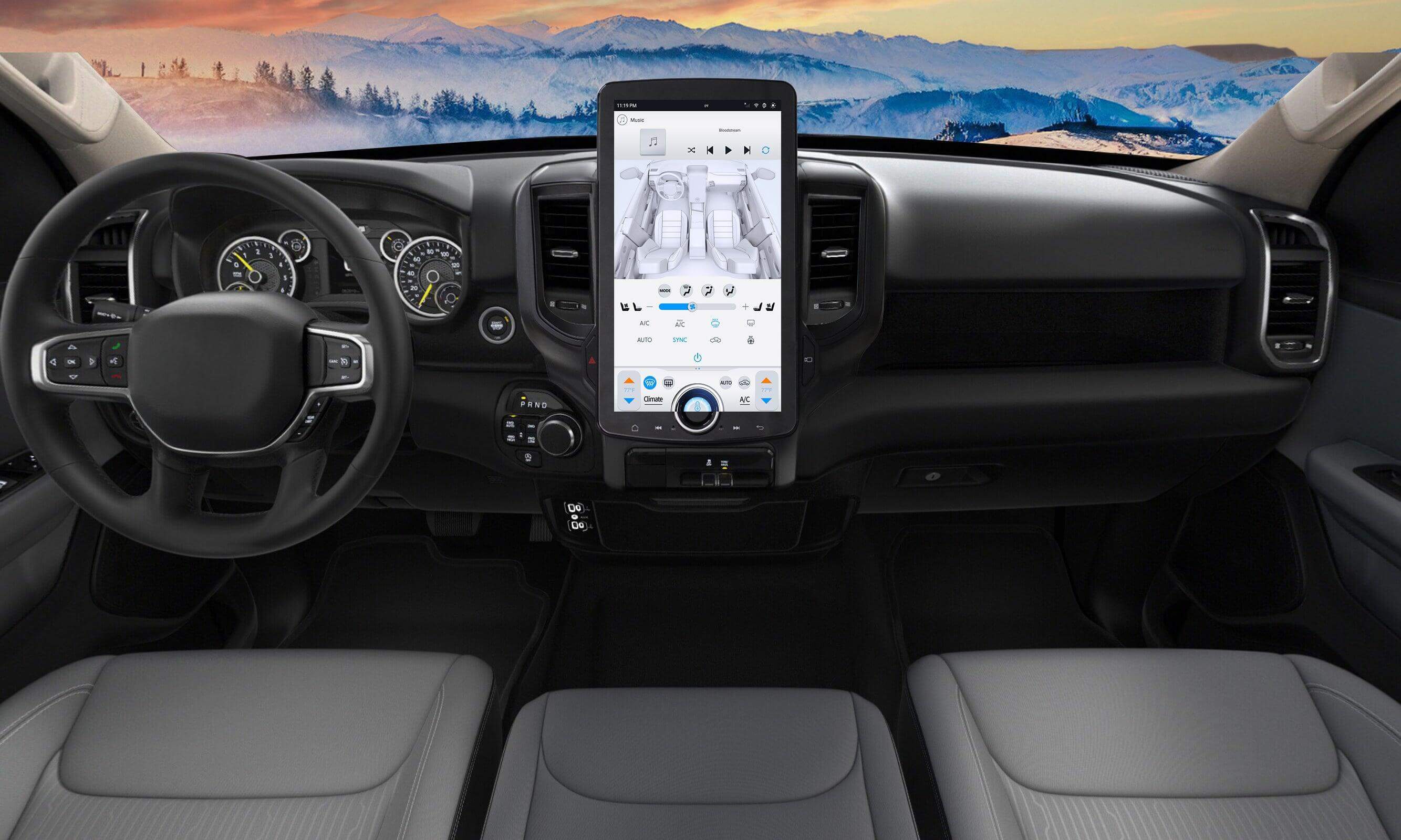
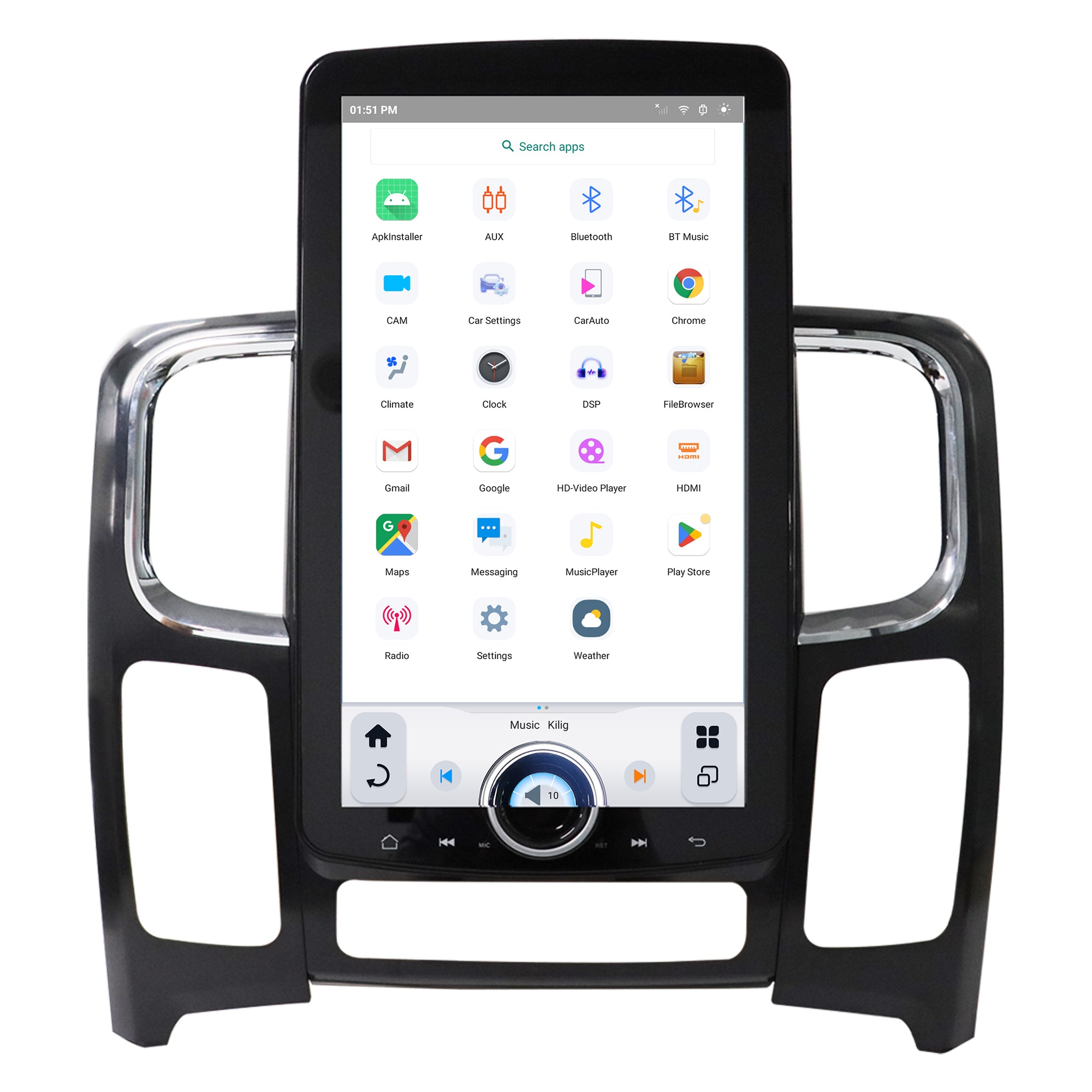
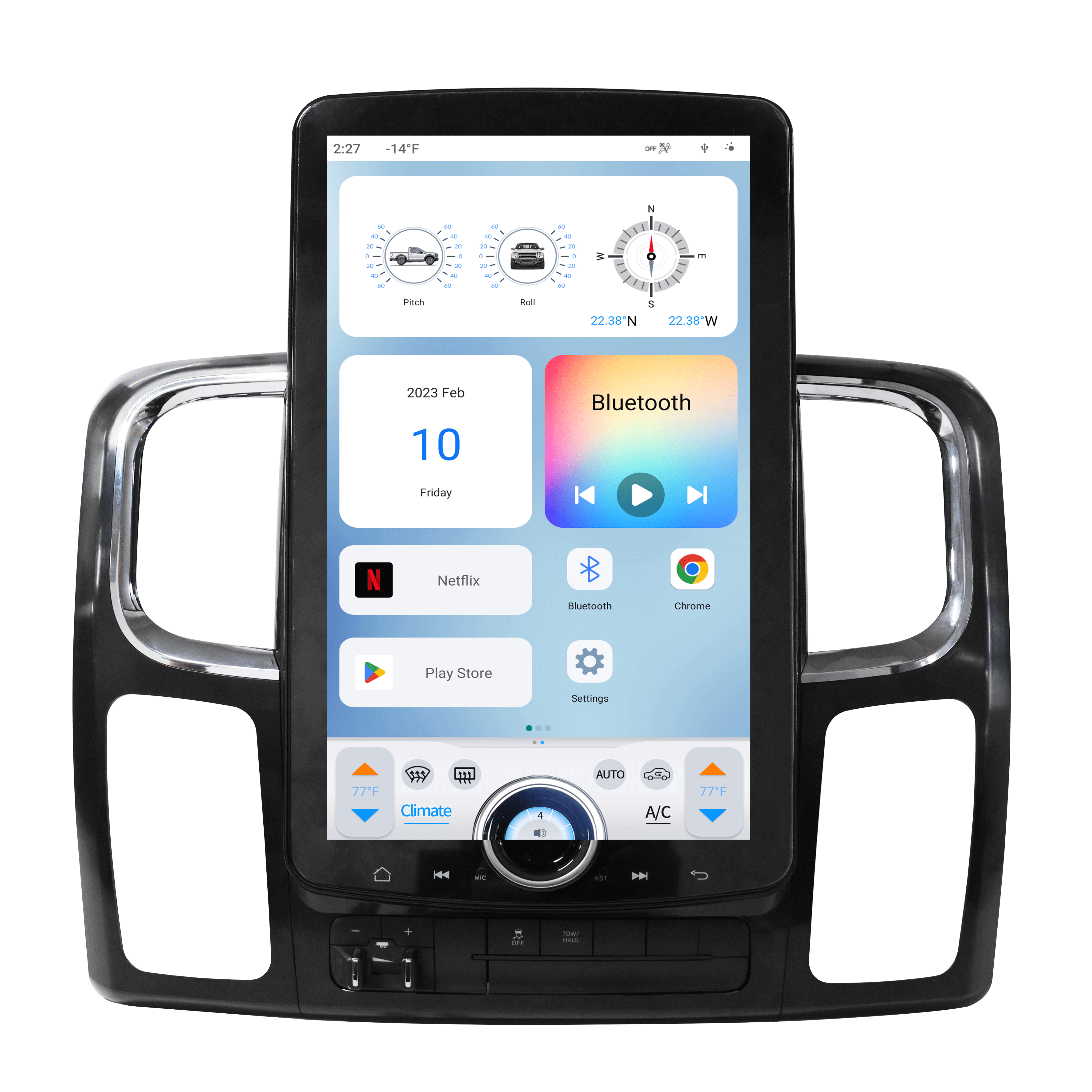
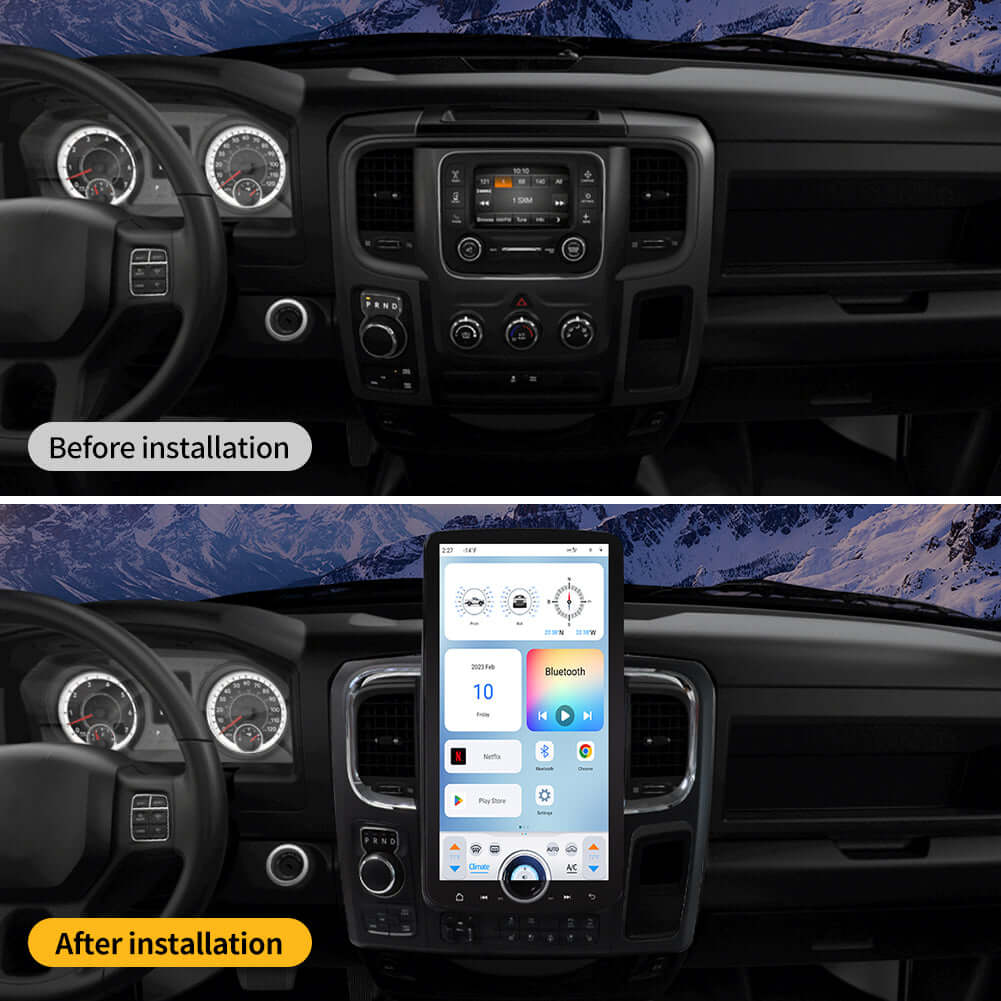
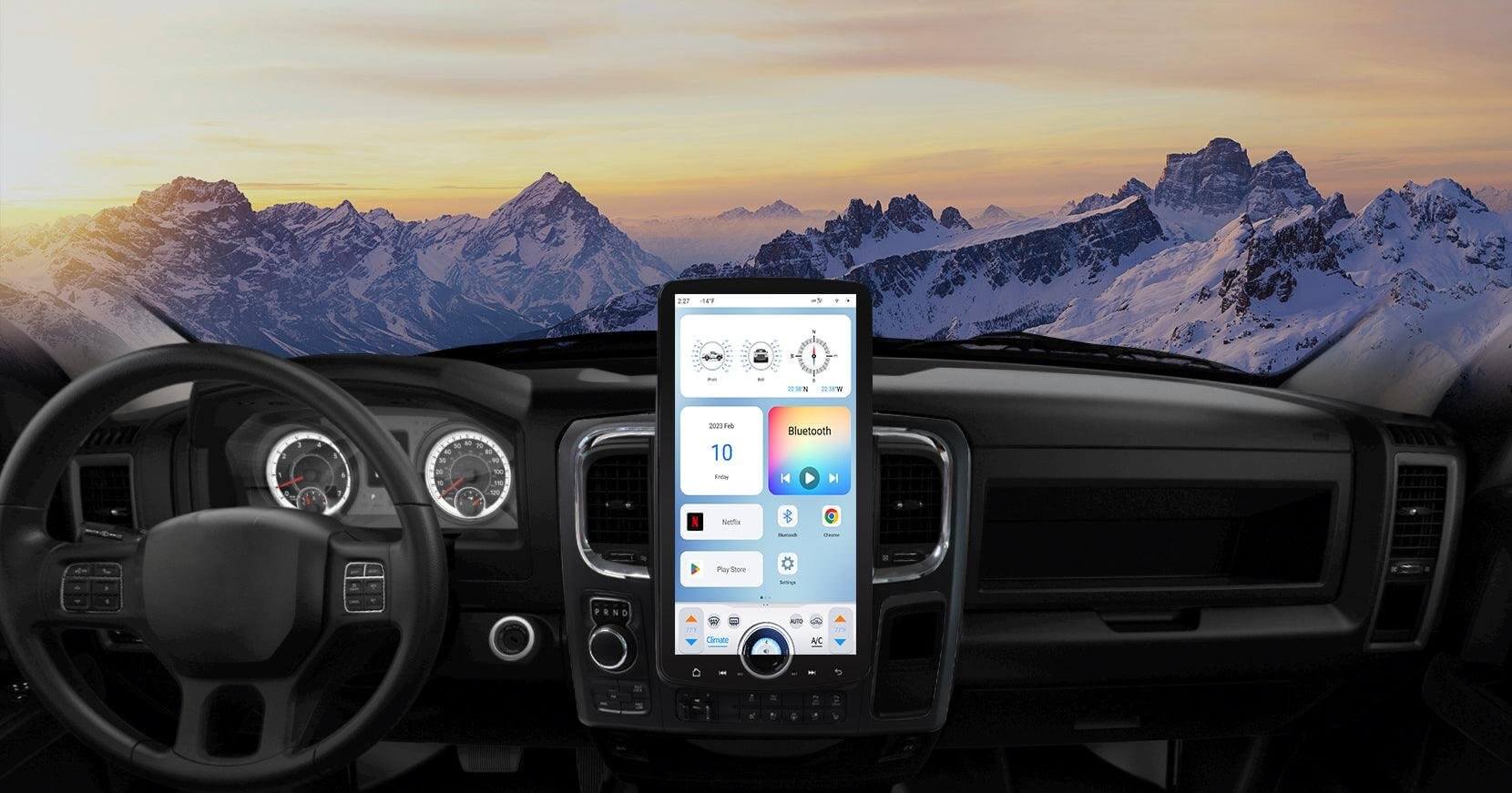
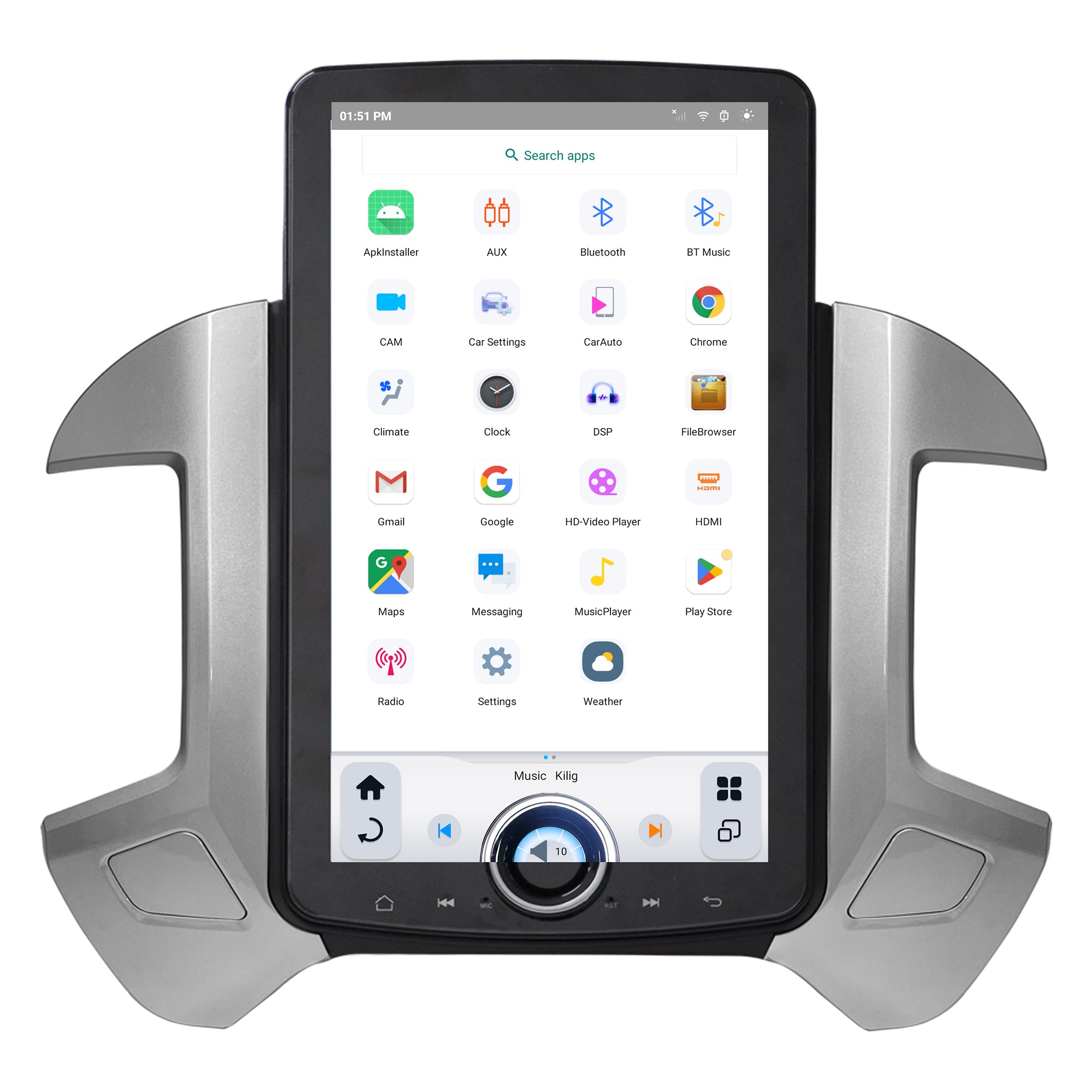

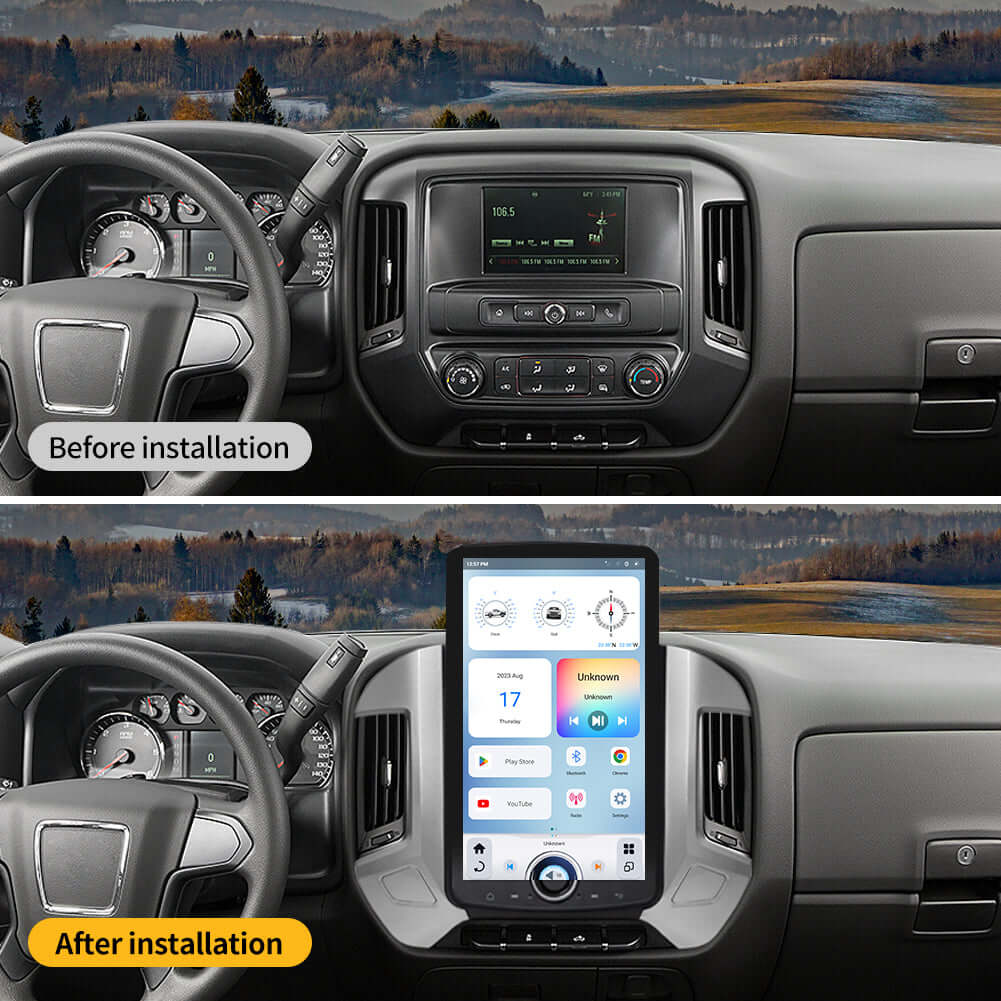
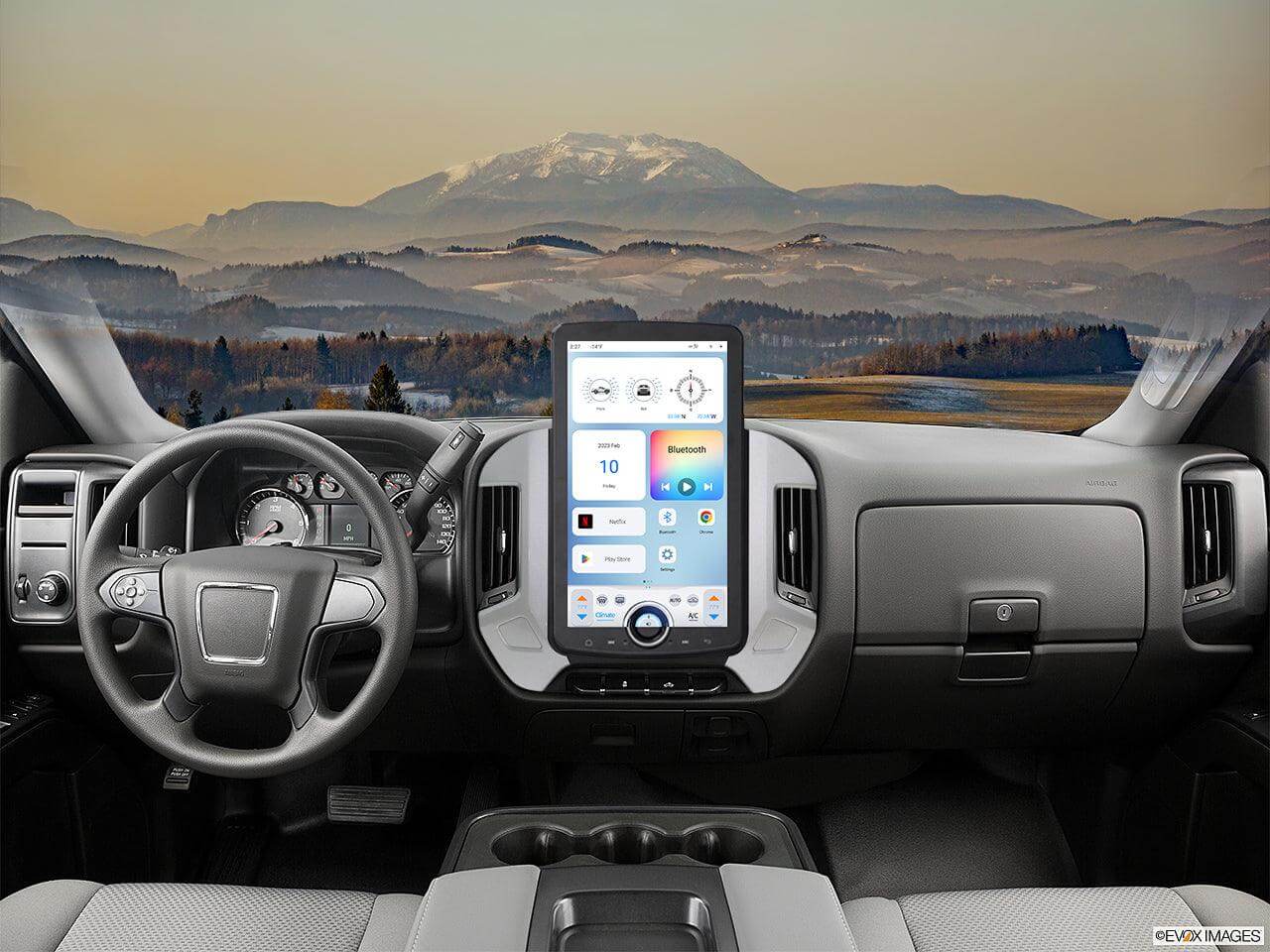
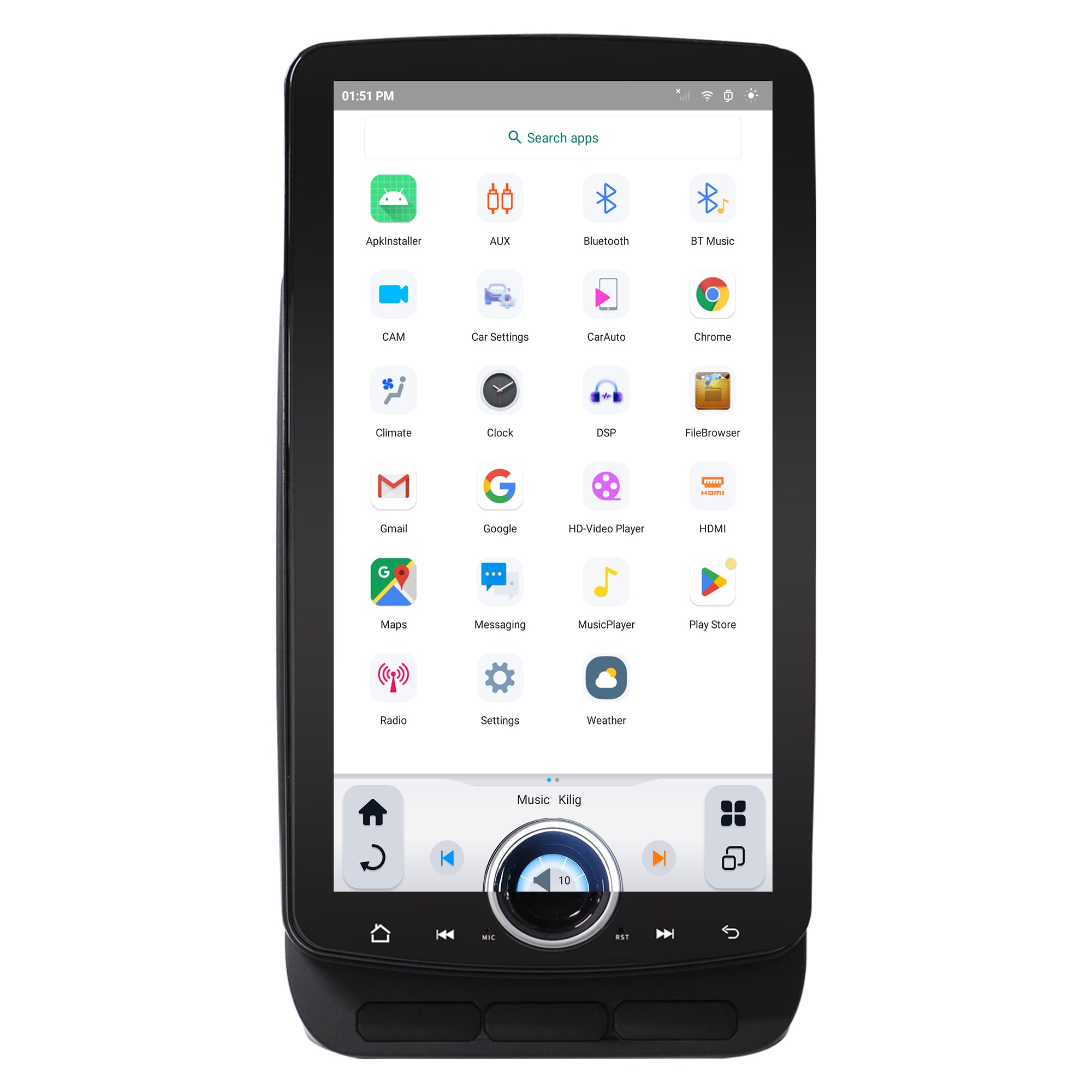
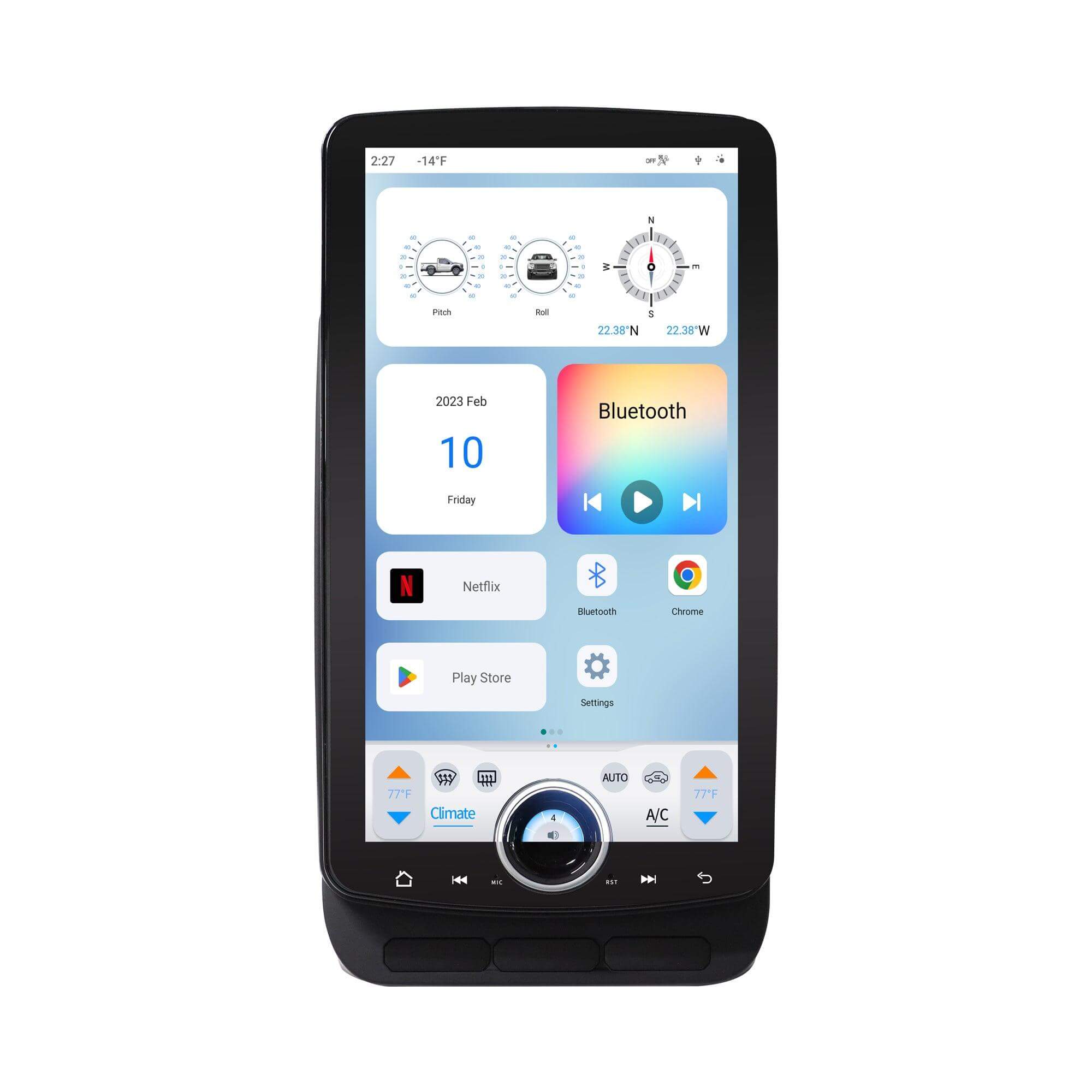
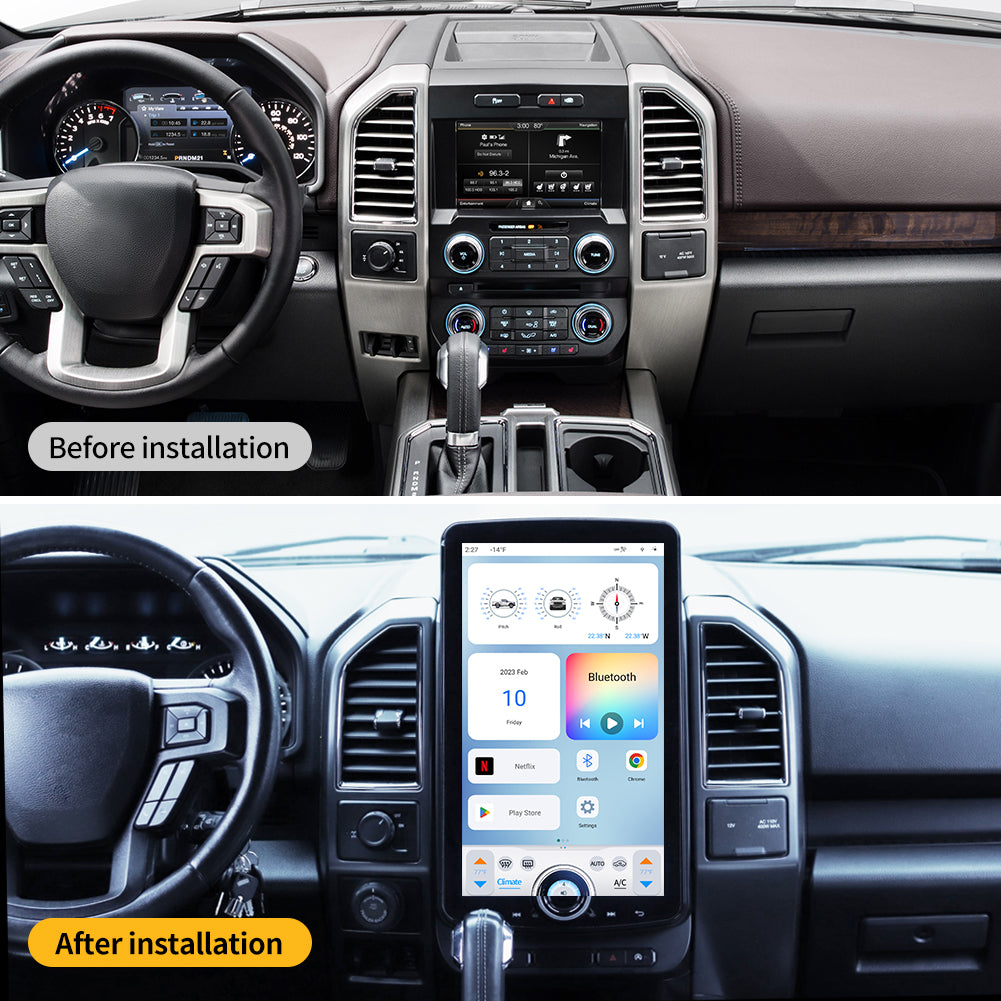
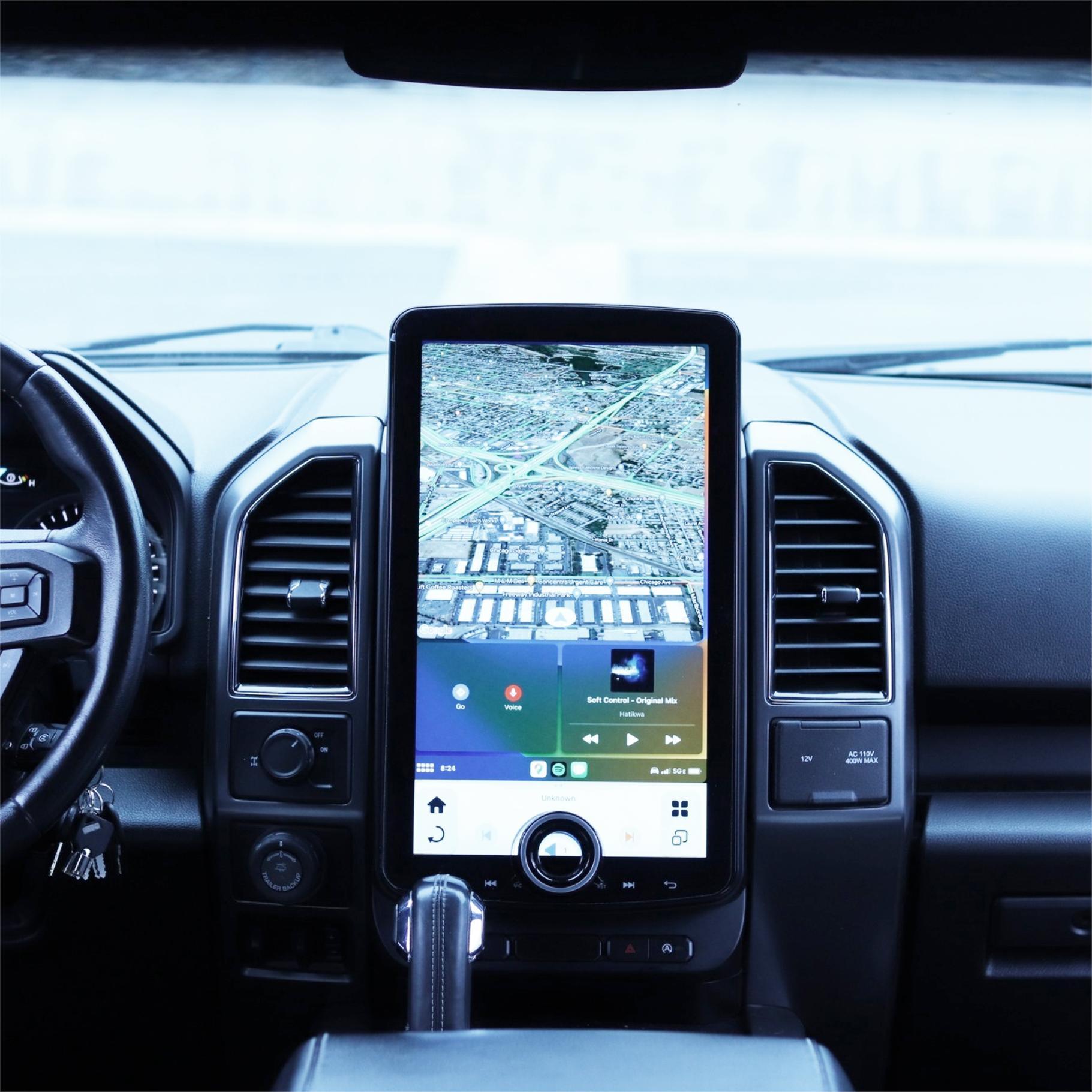
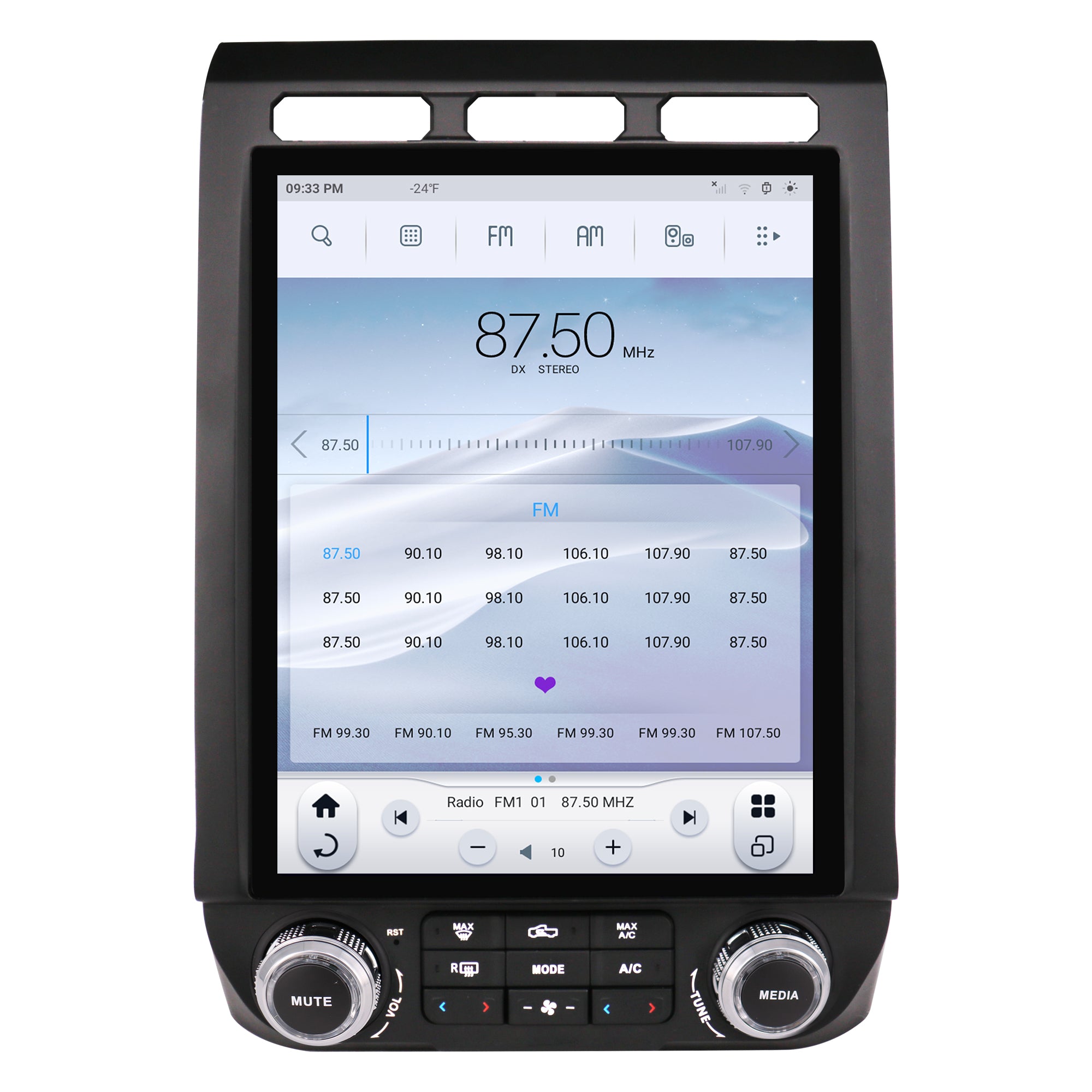
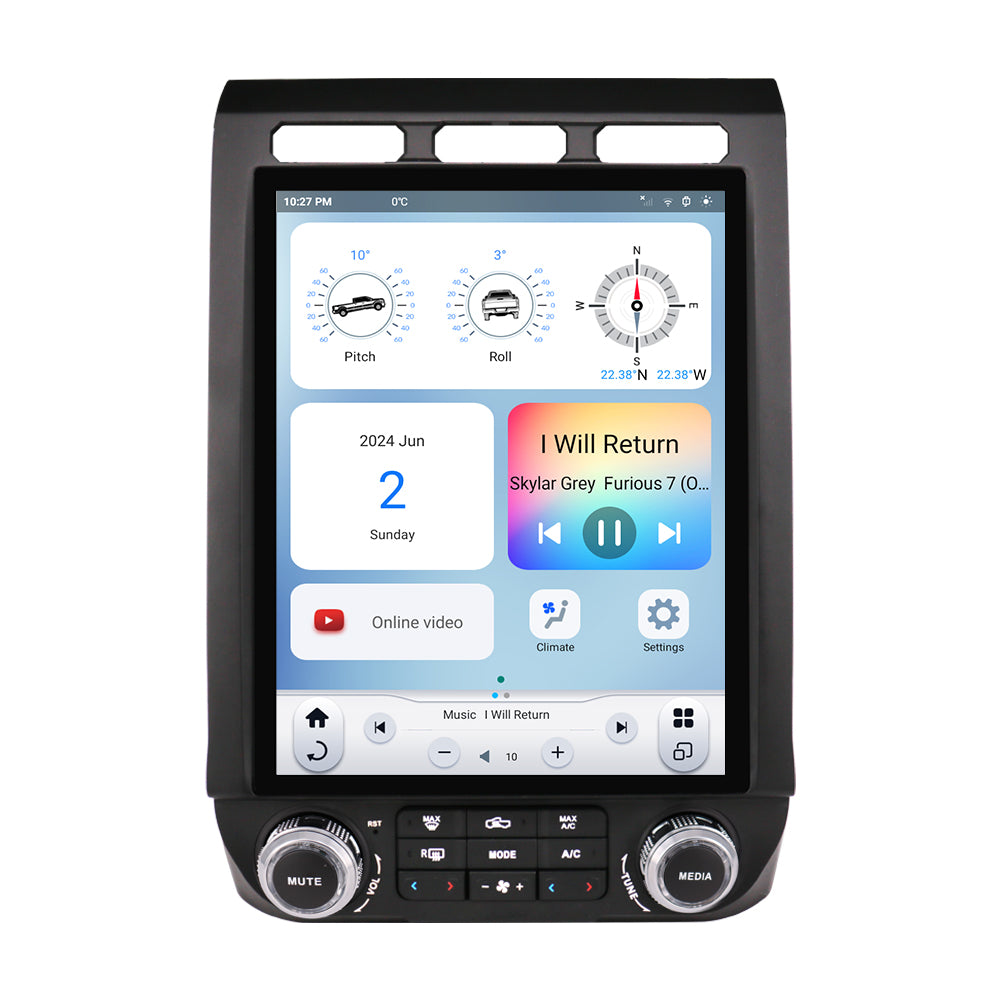
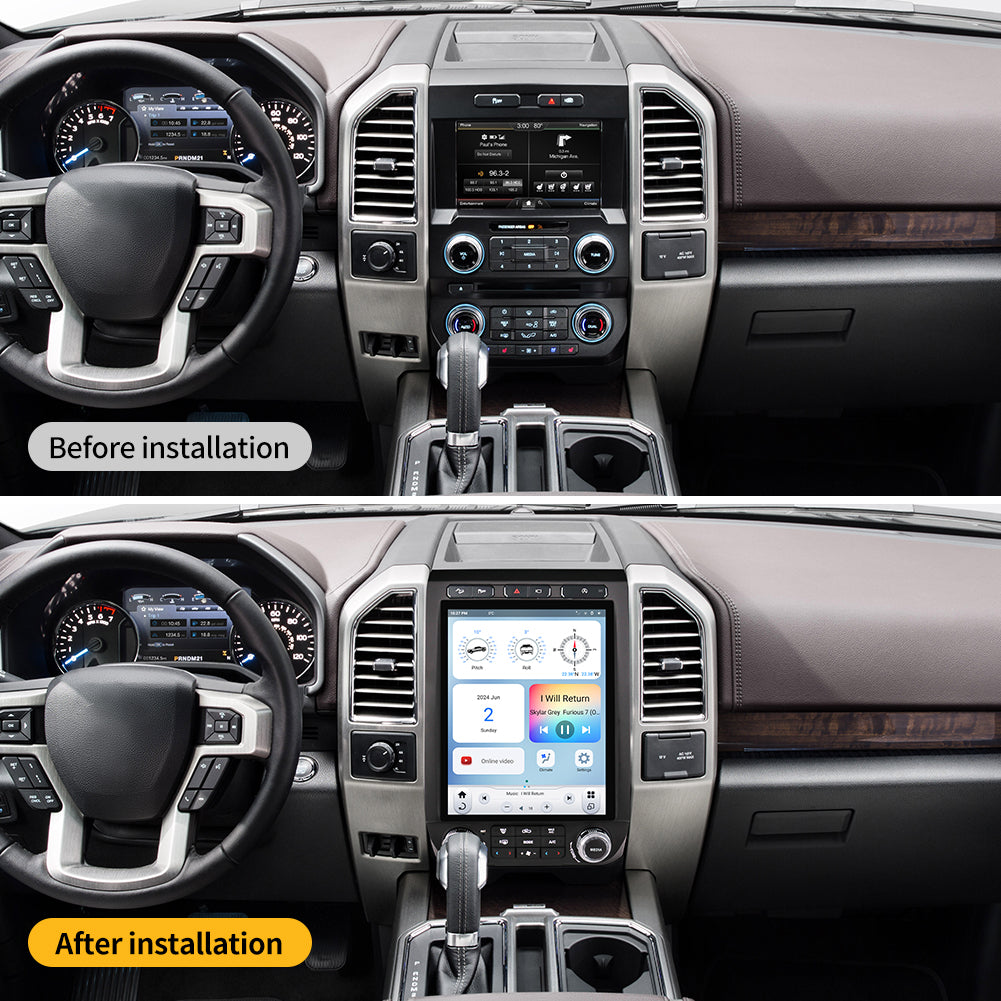
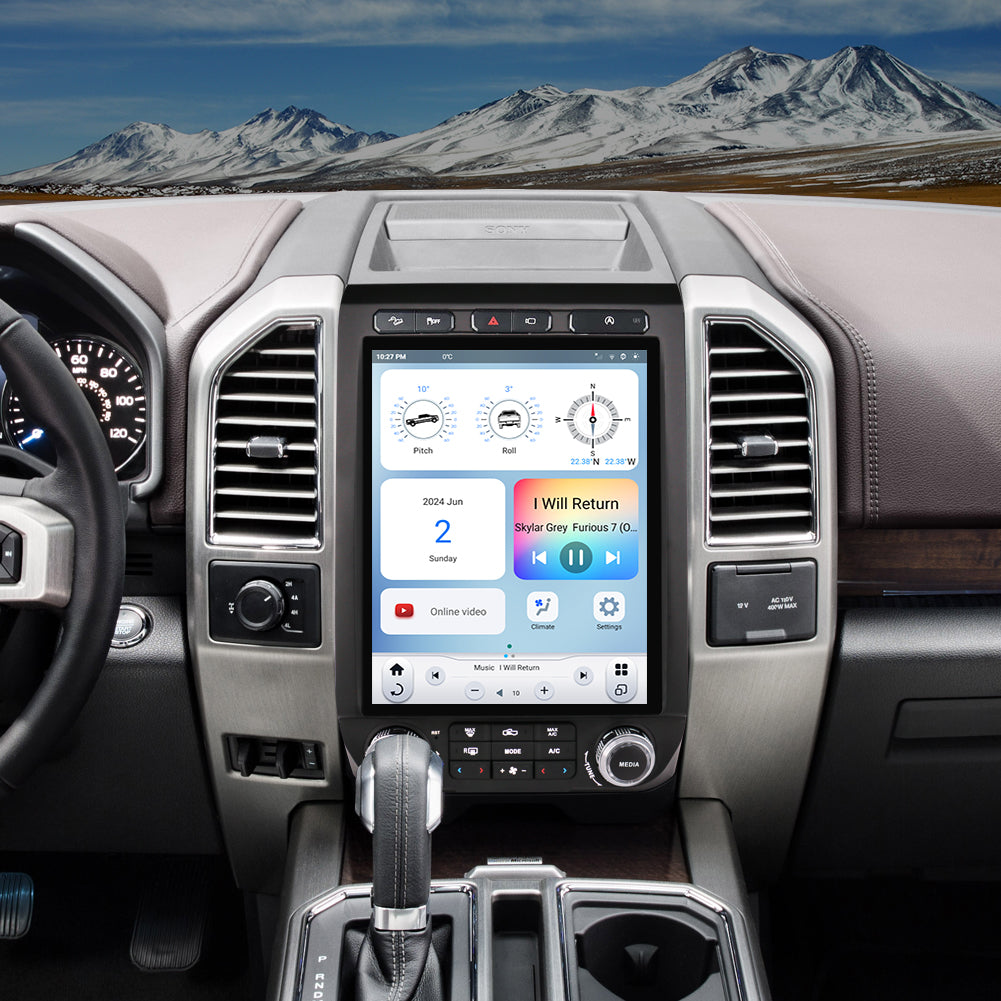
Share:
How to Wire a Car Stereo Without a Harness?
How to Install a Car Stereo Capacitor